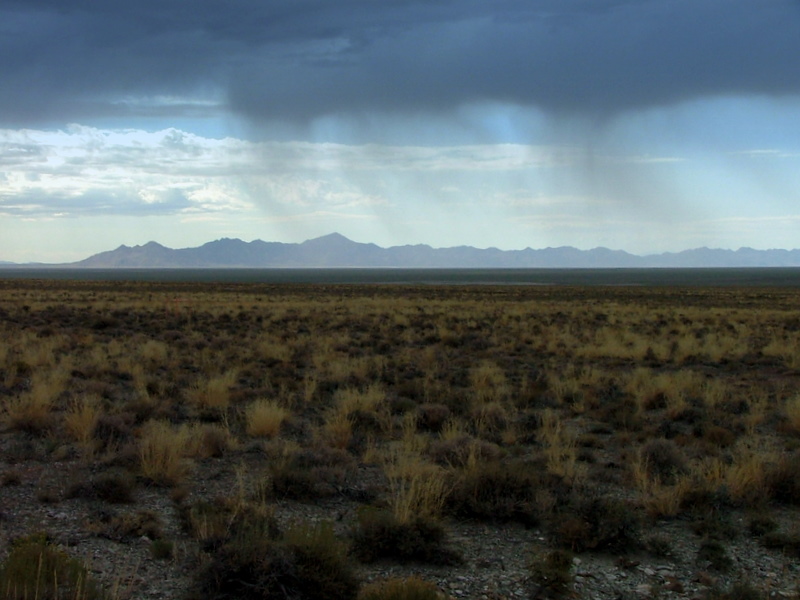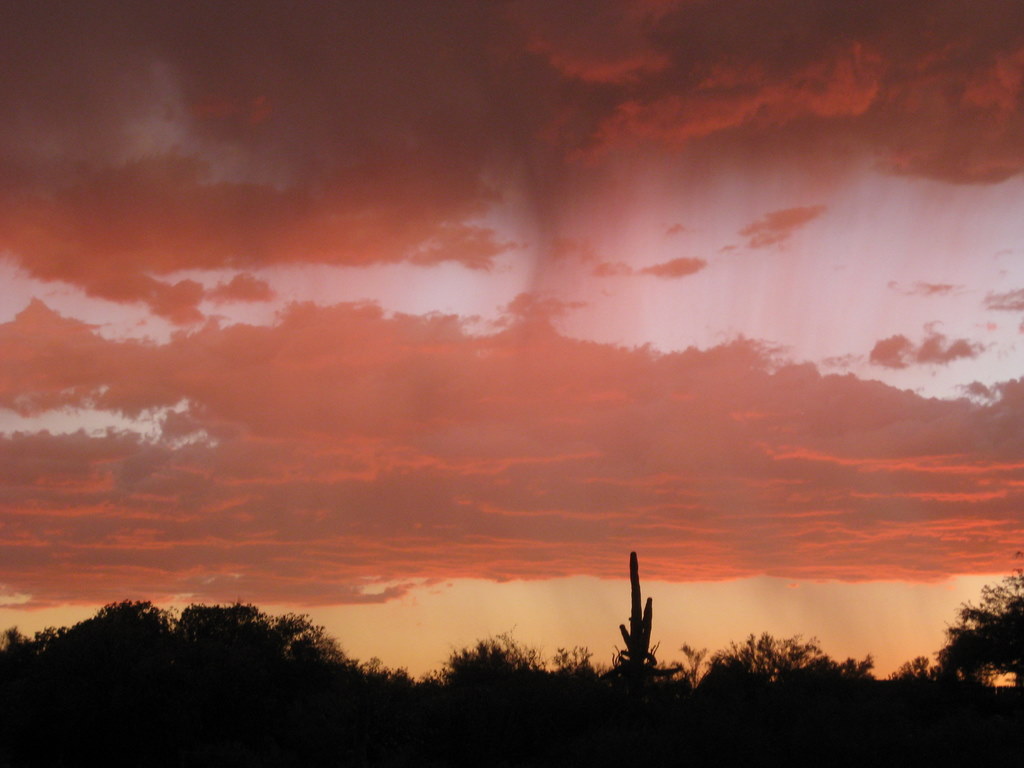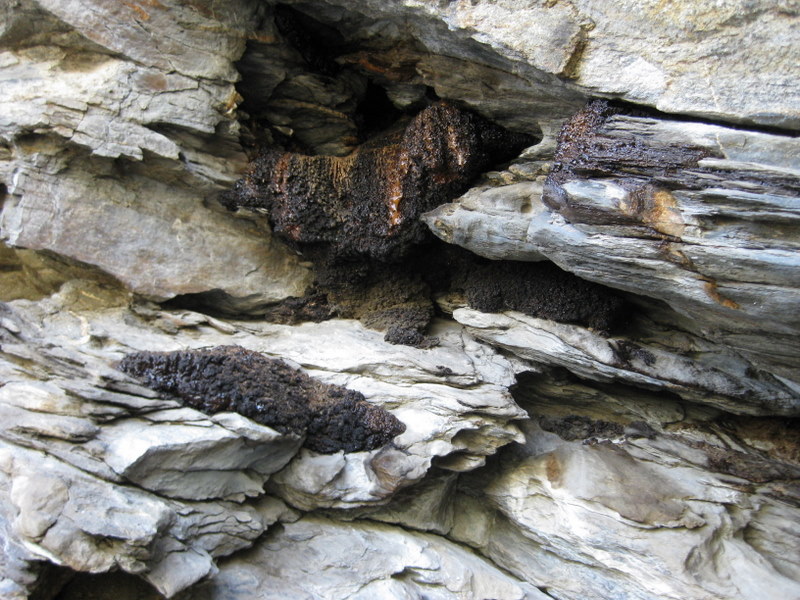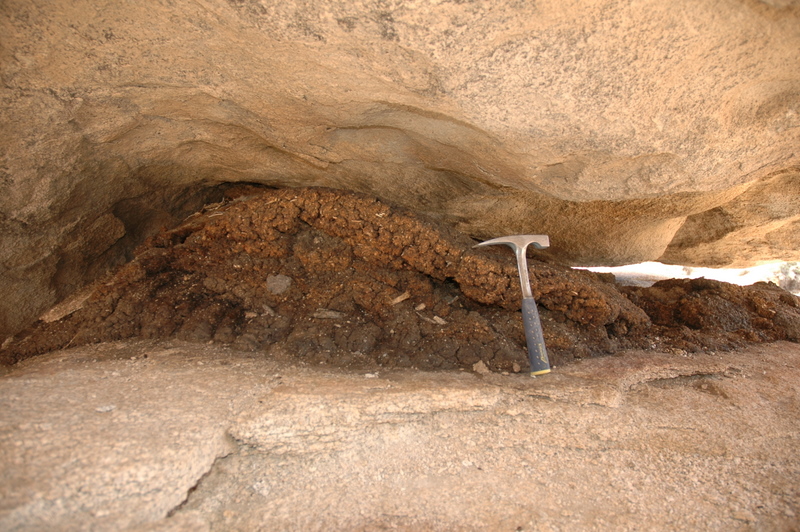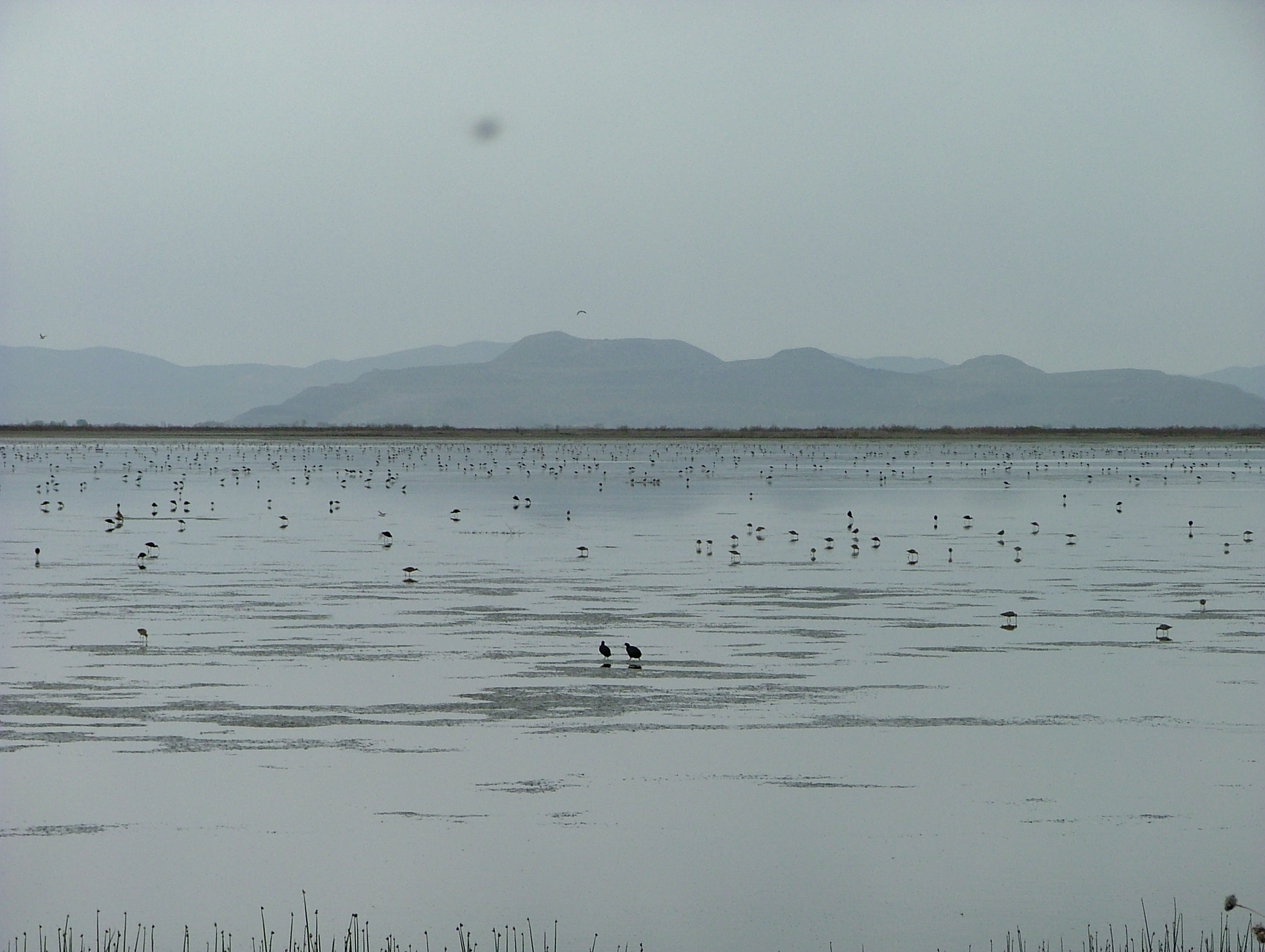
(when flying) a “wedge” of ibises.
White-faced Ibis with
Marbled Godwits in background
Courtesy US FWS
Bear River Migratory Bird Refuge
Hi, I’m Holly Strand from Stokes Nature Center in beautiful Logan Canyon.
The word flock is a collective noun that refers to a natural grouping of any kind of bird.
Certain bird species commonly flock together to feed, to travel or to help defend themselves. Flocks are usually thought of as composed of just one species but mixed species flocks also occur. A mixture of species can take advantage of a variety of abilities to find food or detect predators.
When you are talking about a group of single species–birds of a feather so to speak– there exist specific and sometimes eloquent terms that can be used instead of the word flock. We’ve all heard the term “gaggle of geese.” But did you know that earlier this spring, we saw a “season” of tanagers come through the valley? I have never seen a flock of owls, but if there were one, we could call it a “parliament” of owls. More common than a parliament of owls is a “congress” of crows. You can also call this same group a murder of crows.

The word siege can apply to either bitterns or herons. A congregation may refer to plovers, egrets or ibises. A bouquet connotes warblers, hummingbirds or pheasants. However, for hummingbirds I prefer the collective terms shimmer or charm.”
Punsters might appreciate a seasoning of cinnamon teal, a chain of bobolinks a ladle of dippers or– my husband’s favorite—an outfield of flycatchers.
Sometimes, a bunch of birds in the water is different from a bunch of birds in the air. You’ll find a paddling of ducks in the water but a team of ducks flying overhead. Likewise a gaggle of geese is swimming, while a skein of geese is airbourne.
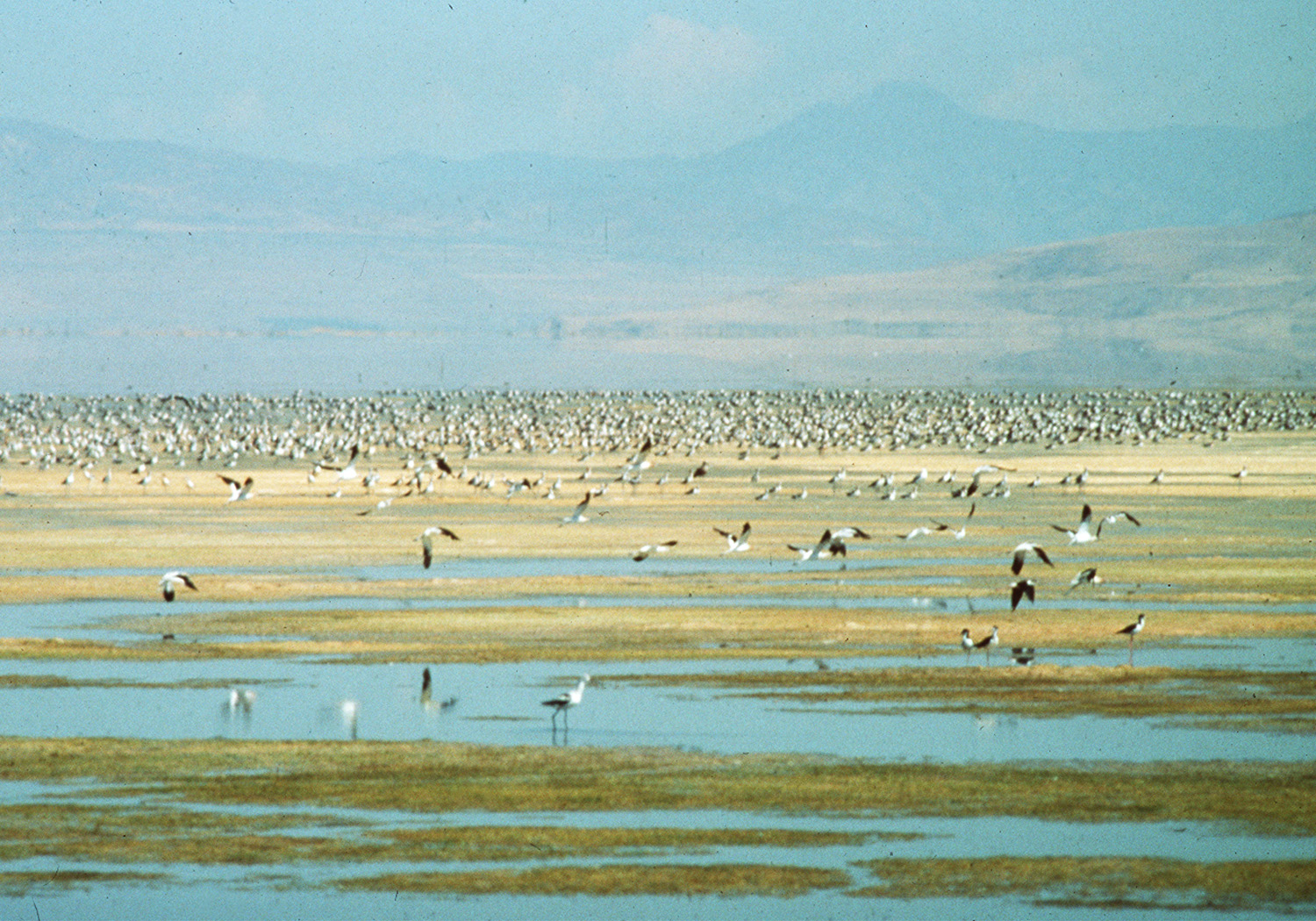
Courtesy US FWS
Bear River Migratory Bird Refuge
One collective phrase is so evocative that it became the title of an entire book on collective nouns for birds and other animals. In An Exaltation of Larks, (now in it’s 3rd printing) author James Lipton explains that many collective nouns were hunting terms that originated in the 15th century or earlier. Nevertheless, the collective terms are correct and appropriate for use today.
This Saturday, August 21st, experience a shimmer of hummingbirds with Stokes Nature Center. Our hummingbird program will take place just east of the Second Dam in Logan Canyon. Drop in anytime between 8-11am. Signs or people will direct you on where to park. For more information call the Nature Center at 435.755.3239.

In larger numbers a “seasoning of teal”
Courtesy US FWS
Bear River Migratory Bird Refuge
For Wild About Utah and Stokes Nature Center, I’m Holly Strand.
Credits:
Photo: Courtesy Bear River Migratory Bird Refuge
Text: Stokes Nature Center: Holly Strand
Sources & Additional Reading
William Blades, Juliana Berners, Boke of St. Albans, Nabu Press (March 29, 2010) https://www.amazon.com/Boke-Saint-Albans-William-Blades/dp/1148085742
James Lipton, An Exaltation of Larks, Penguin Books, 1991, ISBN 0-670-30044-6. https://www.amazon.com/Exaltation-Larks-Ultimate-James-Lipton/dp/0140170960
Mixed-Species Flocking, Birds of Stanford Essays, Stanford University, https://www.stanford.edu/group/stanfordbirds/text/essays/Mixed-Species_Flocking.html
Animal Congregations, or What Do You Call a Group of…..?, Northern Prairie Wildlife Research Center USGS, https://www.npwrc.usgs.gov/about/faqs/animals/names.htm#birds
Names – Bird Groups and Young Birds, Utah County Birders, UtahBirds.org, https://www.utahbirds.org/featarts/2009/BirdGroupNames.htm

